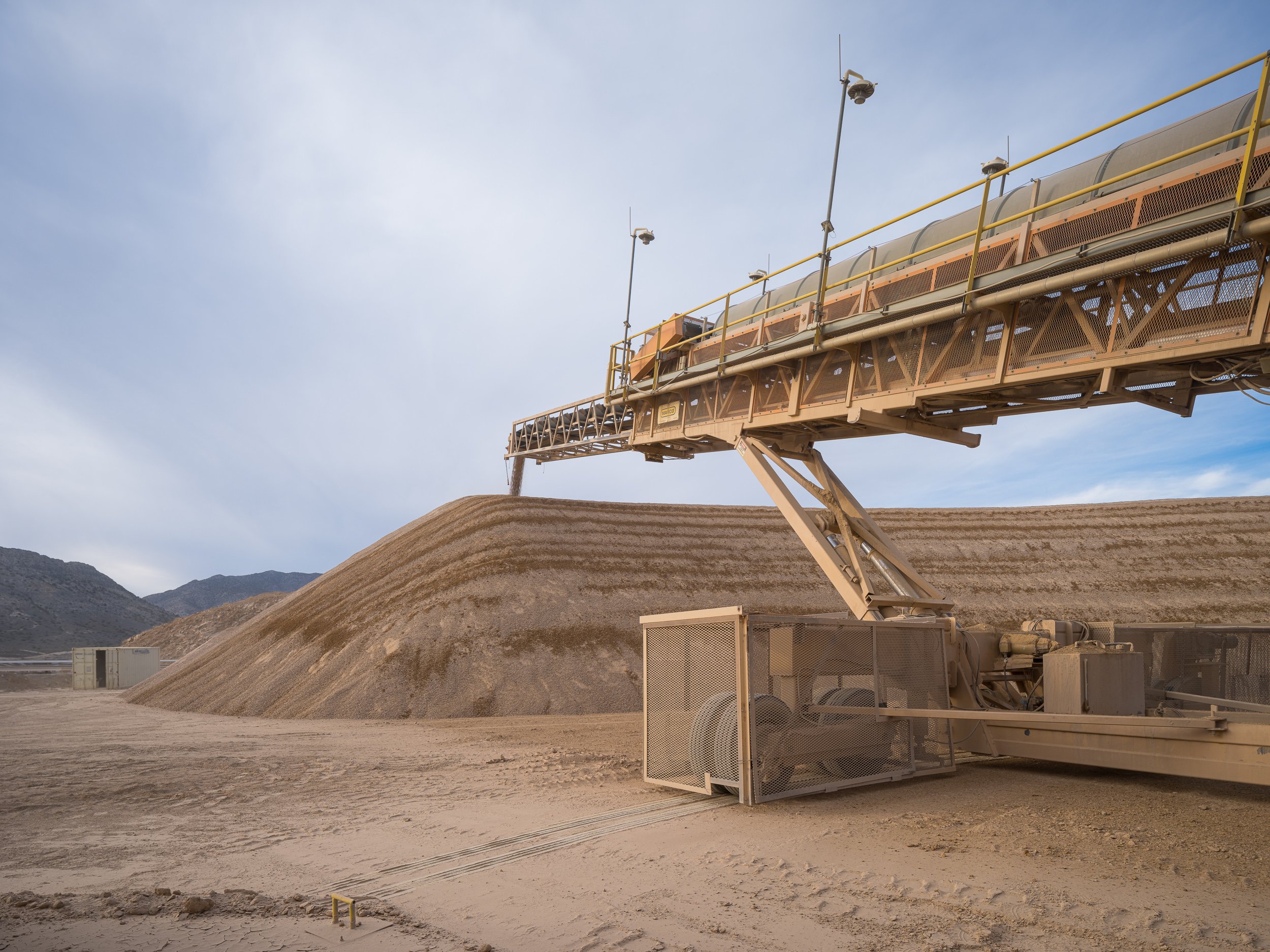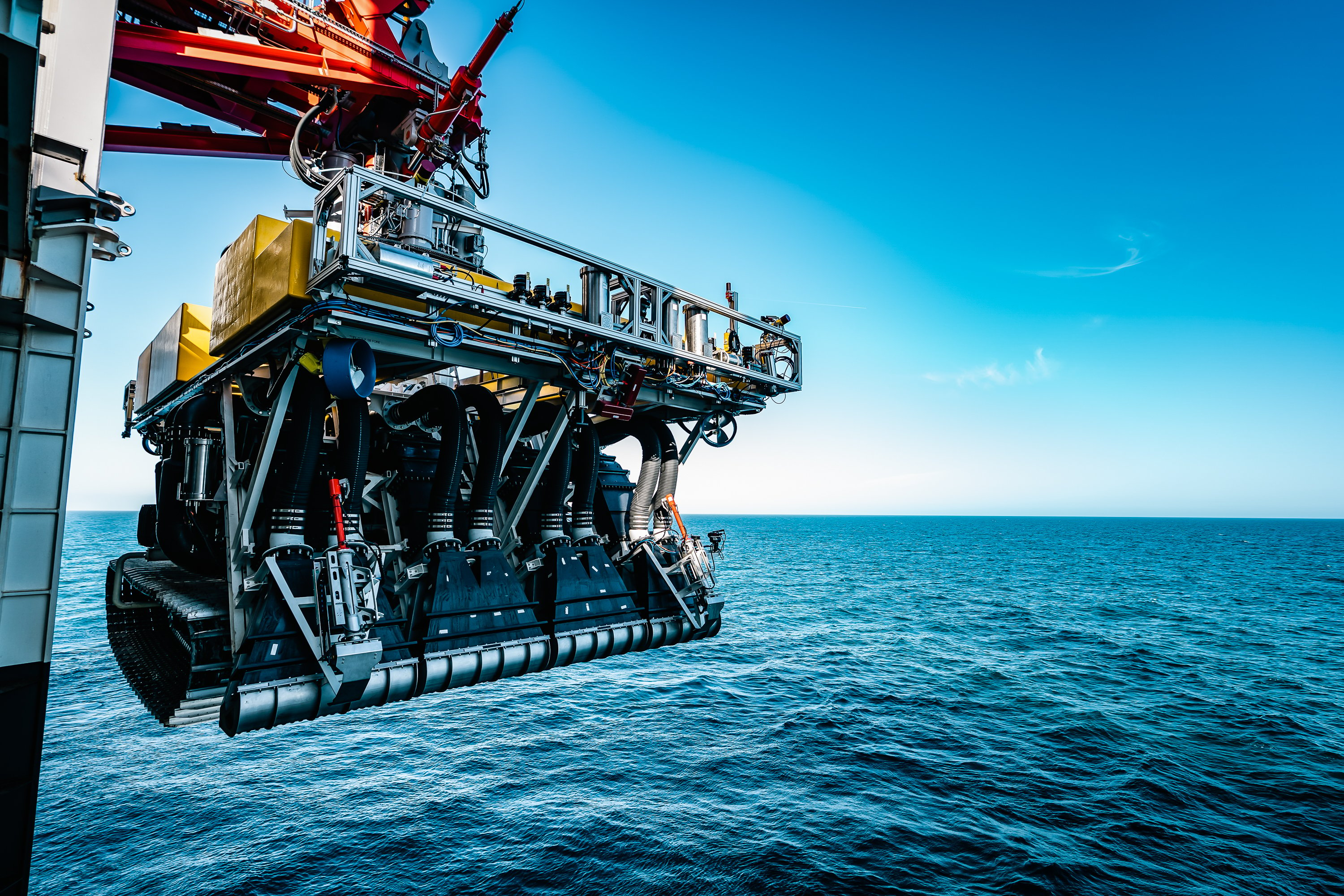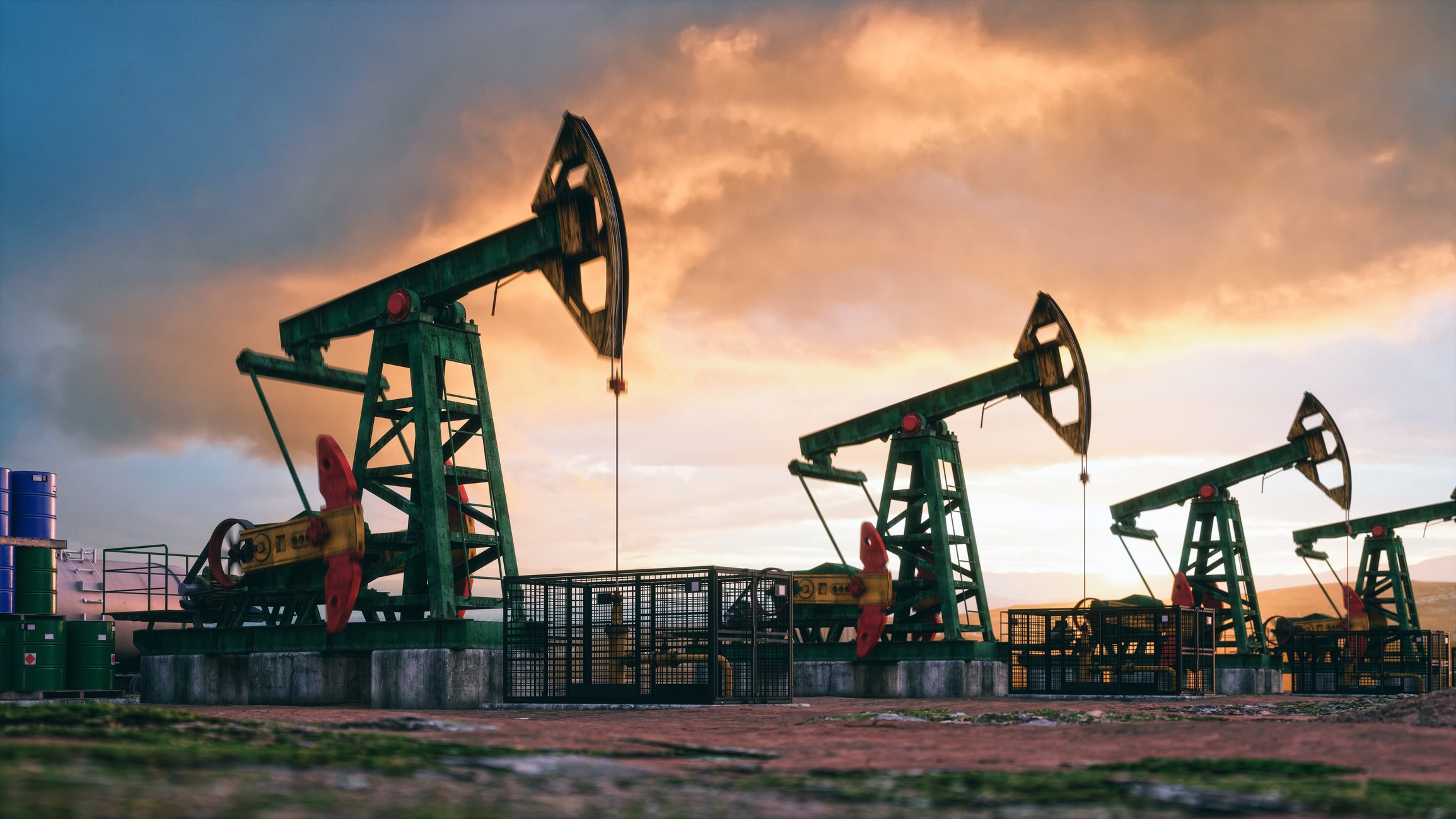Tellurian (TELL +0.00%) was formed in 2016 by Charif Souki and Martin Houston. Souki is the former Chief Executive Officer of Cheniere Energy (LNG 1.12%) and Houston is the former Chief Operating Officer of BG Group, which was later acquired by Royal Dutch Shell.
They set out to build the Driftwood LNG project and pipeline near Lake Charles in Louisiana, designed to export 26 million metric tons per year of LNG. But a need for more equity partners and changed market dynamics make the company's path uncertain.
Financing is key as liquidity tightens
Within a year of forming Tellurian, Souki and Houston brought former Cheniere CFO Meg Gentle on board as Tellurian's CEO, agreed to merge with Magellan Petroleum, and secured investments from French oil major Total (TOT +0.00%) and GE (GE +4.10%). The moves seemed to put Tellurian on a fast track to get Driftwood permitted and funded, and the project piqued a good deal of interest from banks wanting to finance it as well as potential buyers of the LNG.
The project will not come cheap, however, with estimated construction costs of approximately $15.5 billion for the Driftwood terminal and up to approximately $2.3 billion for the pipeline.
But the company is relying on lining up financing soon, since it does not have liquidity for the long haul. Tellurian posted a loss of $0.69 per share for the year ended Dec. 31 and said it does not have sufficient cash on hand or available liquidity to repay its 2019 term loan or fund future operations. The company said it may be able to extend the May maturity on the loan if it meets certain commitments, but it hasn't met them yet.
It is also planning financing that could include equity, equity-linked and debt securities, or other transactions, and it thinks it is probable the proceeds will satisfy obligations and working capital needs for at least another 12 months.
The next few months are crucial for Tellurian. Here are three possibilities for where the company could be in 2025.

An LNG facility. Image source: Getty Images.
No. 1: Producing LNG
Tellurian has experienced some delays in realizing its ambitions for Driftwood, and its timeline for construction has been pushed back. When the company launched, it anticipated the start of construction in 2018 and the start of exports in 2022. Its most recent timeline shows exports starting in 2023, and that hinges on the company reaching a final investment decision (FID) shortly.
But it can't get to that point without more anchor investors, so Souki and Gentle are in India this week working to finalize a deal with New Delhi-based energy company Petronet. In September, the companies signed a memorandum of understanding for Petronet to buy up to 5 million metrics tons per year of LNG from Driftwood, but the deal has not been finalized.
If the company doesn't land the deal, it may have to push the timeline on financing and first exports back further. Despite the uncertainty, if Tellurian pulls together Driftwood's major contractual and financing elements within the next few months and construction goes precisely as planned, it is still possible the company could be exporting LNG ahead of 2025.
No. 2: Still completing the Driftwood project
If Tellurian postpones FID for any reason or faces construction delays, it is possible the project could still be under construction or even still waiting to enter construction in 2025. Other high-profile LNG export projects have faced significant delays, as in the case of Cameron LNG, a Louisiana project owned by Sempra Energy, Total, and Japan's Mitsubishi and Mitsui. So a construction delay would not be unusual.
The company could still be posting a loss at that point if it doesn't find an alternative source of revenue, so it's impossible to know if investors will continue to wait or lose interest.
No. 3: Acquired
Tellurian has done some important early development on projects that would be valuable to other oil and gas companies even if the Driftwood project doesn't move along as quickly as expected. It has a valuable site in Lake Charles with access to pipeline infrastructure and a water source that is sized at more than 1,000 acres and could potentially be bought to use for projects other than LNG. The company also has three pipelines under development.
The acquisition of the company as a whole could appeal to a foreign oil and gas entity looking to get a foothold in U.S. LNG exports, or a domestic player looking to grow its scale. The company's relationships with France's Total could turn into an opportunity, or it could be a nice fit for an infrastructure fund or other strategic oil and gas investor.
Are there too many unknowns?
Tellurian benefits from smart management that knows the LNG industry and has shown it can get projects permitted, financed, and built, as it did with Cheniere Energy. The team and its development assets seem to be respected by others in the industry, as evidenced by the investments it has been able to attract to date. With sizable financial commitments like those of GE and Total, it seems unlikely that the company will entirely fizzle out if Driftwood doesn't go as planned.
But the market for LNG has changed significantly since the company started putting the Driftwood transaction together, and banks' appetite to lend the amount of capital it is seeking remains to be seen. Tellurian has said it doesn't expect to generate sufficient cash to pay dividends until the completion of construction of the Driftwood project, and the company has many obstacles to overcome before it gets to that point. Investors looking for a growth stock would be wise to see if the company succeeds in lining up contracts for its LNG and finalizes Driftwood's financing before deciding to buy.





